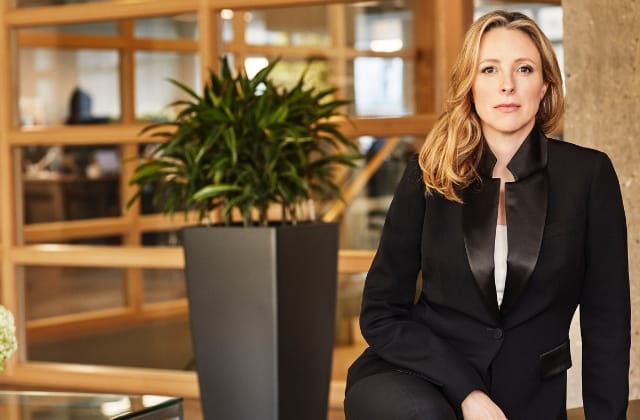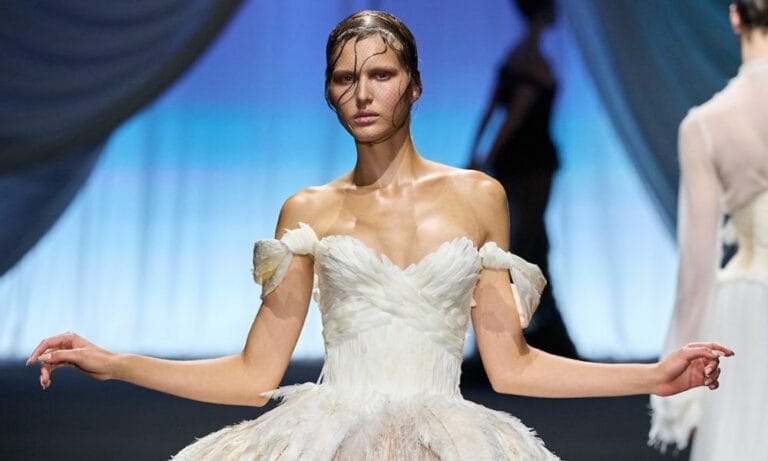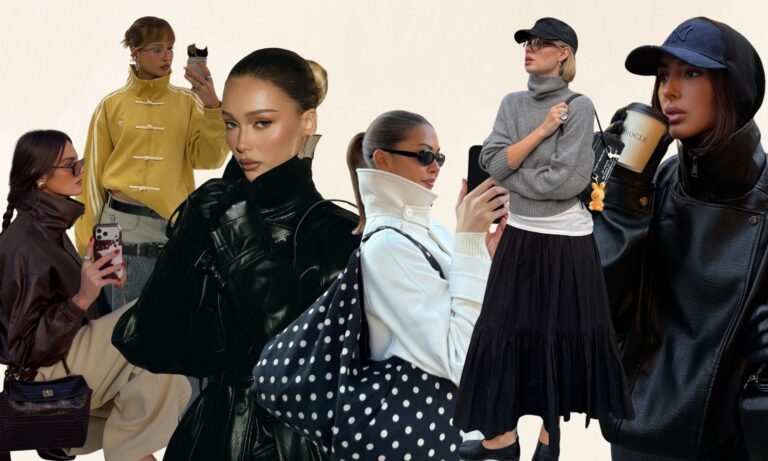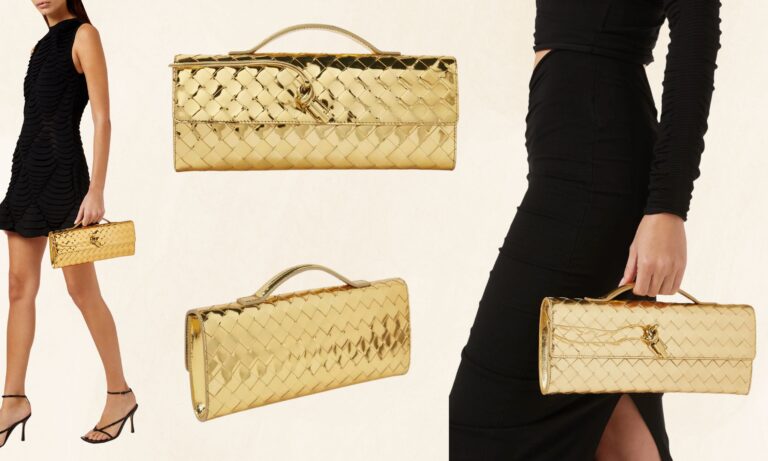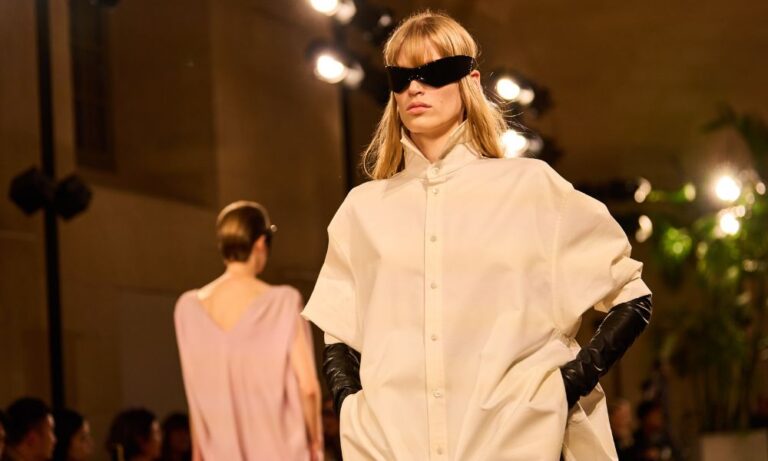With a background in Politics, Philosophy and Economics from Oxford University, you’d think Stephanie Phair would have ended up working at a bank. Instead, she landed a lifestyle PR agency in New York, fresh from completing her studies – which was a fluke, as she just wanted a reason to be sponsored and stay in the city.
To call Phair opportunistic is a euphemism for her gutsy and bold strides through the fashion industry. Her accidental career in fashion has seen her work for Issey Miyake, as well as being headhunted by Natalie Massenet at Net-a-Porter to launch discount site The Outnet. And she’s also handled the marketing and public relations for American Vogue. Now, she is the Chief Strategy Officer for Farfetch as well as the youngest ever Chairman of the British Fashion Council. It’s been, in her own words, “a bit of a winding road” – but all the best journeys play out like that…
Your experience covers the realms of fashion across the business, PR, marketing, technology and entrepreneurial sectors – what is your strategy for how Farfetch operates as a digital fashion entity?
Farfetch is truly a marketplace for fashion that combines boutiques and brands from around the world to a global audience, connecting directly inventory from stores that would otherwise only be shown in the local market. Now, 10 years into Farfetch’s journey, chapter two is really about being that global platform for the luxury industry to service the brands and retailers that sell on our site and the consumers who buy from us. We are moving into technology as a service, so we are selling it to our brands and retailers through our Farfetch platform solutions. The same technology that built Farfetch is now exposed to brands to help build sites and apps. We are creating an eco-system through tech by incubating start-ups and allowing them to plug into our platforms.
Wow, there’s such a future there and you definitely have your work cut out for you…
Oh yeah! It makes it fun. I think people who join fast-paced, high growth tech businesses are problem solvers.
You must be, right?
I think all of us at Farfetch are. We’re scrappy, we remain really humble – we never take success for granted and we really feel there is always something we can do better.
Farfetch wants to build up communities. And so far, you’ve got Adwoa Aboah and Chloe Sevigny fronting this venture. Will you have a bespoke community for the Middle Eastern customer base?
We already have a really strong set of influencers and the more you consume content on Farfetch the more it will be personalised to your tastes. You may be based in the Middle East but you might connect with aesthetics from Denmark, so Farfetch is about being truly global in that sense.
When it comes to putting homegrown Middle Eastern labels onto Farfetch, what is the criteria you’re after to elevate labels?
Essentially, it’s about letting the curators do their job and oftentimes those at the frontlines are the boutiques because they’re the ones who see the newest brands and picking out the best of the best. If there are enough boutiques around the world who carry a brand, and we see traction from it, we go directly to the brand. Here in the Middle East we work with Etoile, The Cartel, The Modist and Tryano.
As the youngest ever Chairman of The British Fashion Council, what are you able to bring to the plate that’s fresh and different?
My predecessors really elevated the British Fashion Council to a global proposition and proved that British fashion is really outward facing and British talent works around the world. So, I’d like to build on that but also focus on the business side of things by looking at how we harness the industry to create sustainable growth for fashion brands, careers in fashion and the pipeline of talent. It’s really an industry body trying to bring everybody together and get better outcomes. Of course, I have a digital and tech angle to things as well – I’ve been championing the need to position fashion as a serious business because it is.
What are some of the pressing conversations that need to be discussed right now? What’s on the agenda at the BFC?
The opportunities that come from digital. We’re at a crossroads now where the fashion industry has adapted in some respect, but not completely. The consumer has a much stronger voice than ever before because of social media. It’s now a two-way conversation. So, we are looking at what it means to build a brand in 2019. And sustainability continues to dominate the conversation. You can’t build a meaningful business now without thinking about positive fashion. At the BFC we are engaging its members and gathering information and spreading it.
Why do you feel, despite the world economy in the state that it’s in (and with Brexit in mind), luxury fashion is resilient and always seems to hold up?
I think it’s about investment in quality, craftsmanship and story-telling. Yes, the economy is not in the best of shape but there are businesses that are still doing well. It’s the ones that connect with customers better. When people are choosing where to spend their money, their decisions are based on the brands that speak to them. Luxury has the ability to do that.
And finally, what are your go-to labels that give you your signature look?
Well, I am quite classic but I don’t mind really structured tailoring. McQueen is great and I loved what Victoria Beckham did in her last collection. Emilia Wickstead has beautiful clean lines, too. For me, a good cinched waist always helps.
Now, read our chat with Tania Fares and what the Fashion Trust Arabia prize will bring to the region.
